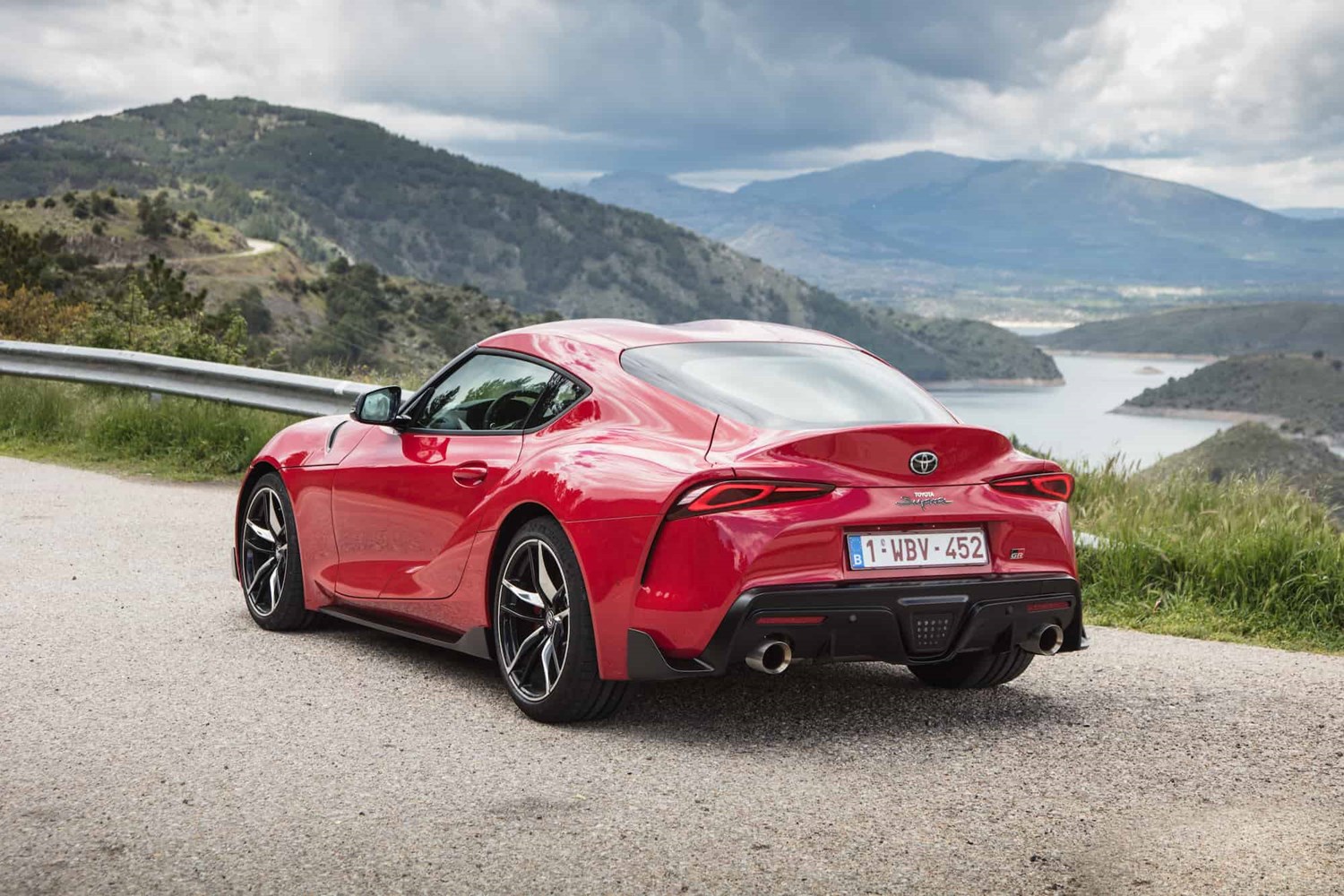Model review
The first-generation Toyota Supra began production in 1978 as a more powerful version of the Celica sports car. This grand tourer was built to compete with the segment-dominating Datsun Z cars of the time and featured a six-cylinder engine, compared to the Celica’s four-cylinder.
In 1981, the second-generation car arrived, sporting a new look. Although still based on the Celica platform, there are some notable differences such as an altered front-end design and a longer wheelbase (to accommodate the Supra’s larger engine). The model became available for the first time in Europe in 1982, although the UK only received a limited supply of just 100 cars per month.
For the third-generation iteration, the Celica and Supra went their separate ways, becoming completely different models. The former switched to a front-wheel-drive setup, while the latter stuck to rear-wheel-drive.
And now we come to the icon – the fourth generation Supra. Beginning production in 1993, this is one of the all-star performance cars of the ‘90s. It’s the motor all enthusiasts remember from the likes of Gran Turismo and The Fast And The Furious. Not only that, but it’s also a renowned tuner car, thanks to their inline-six powerplants having immense potential when it comes to upping power.
With the fourth-gen model going out of production in 2002, Supra fanatics had to wait until 2019 for the legendary nameplate to return. As you can imagine, the highly-anticipated new one has a lot to live up to and needs to properly impress in order to satisfy those fans who’ve been eagerly waiting for almost 20 years.


